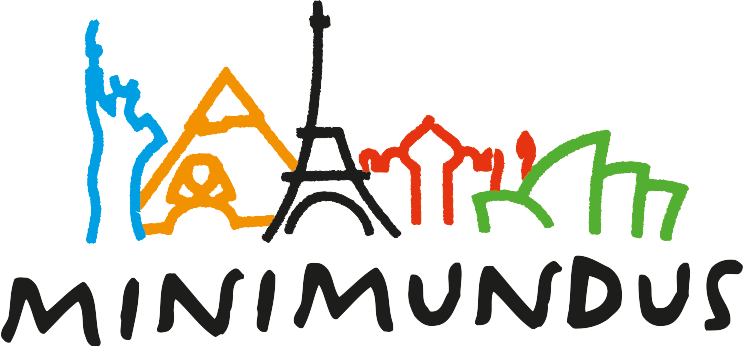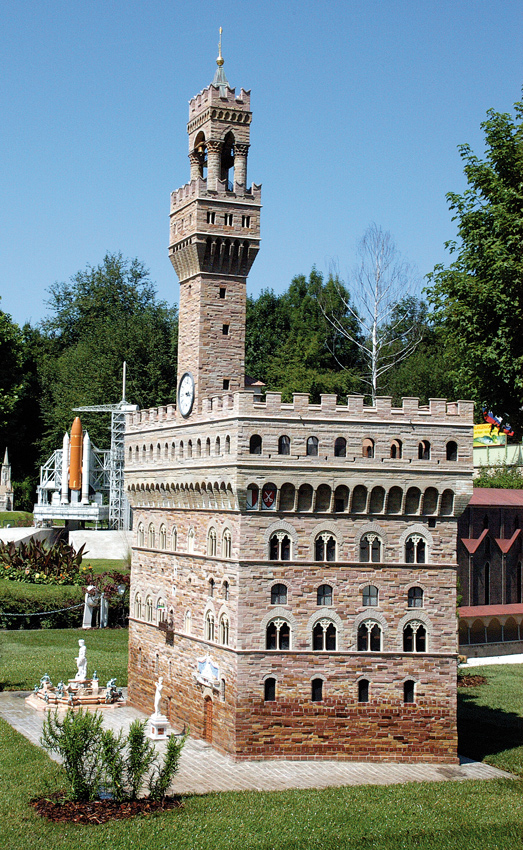Big indoor adventure world!
Experience Minimundus of the next generation. An exhibition of new dimensions, with adventure, games and fun, covers over 1,500 m². The big indoor area offers excitement and fun for the whole family with an all-year-round exhibition. On two floors you can find out interesting and unusual facts in a fun way. The interactive adventure stations invite…

































































































